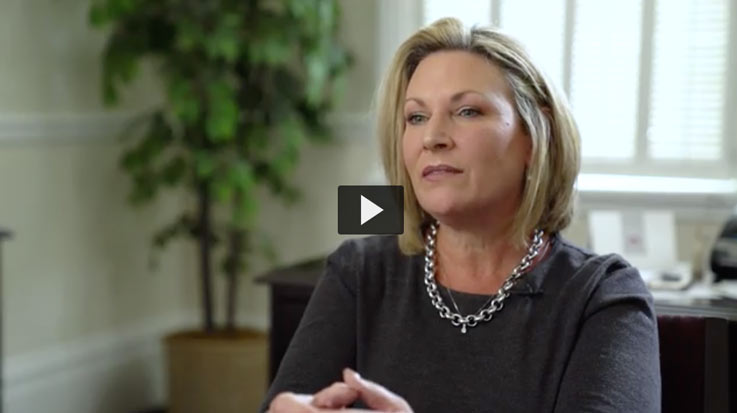
To follow up remarks President Michael Driscoll made at his 50 Minutes event on November 6, 2019, referred to as “IUP's New Reality,” members of the university community have agreed to share their perspectives on the conditions that IUP faces moving forward and initiatives that are underway.
In this first installment, Patricia McCarthy, vice president for Enrollment Management, breaks down the challenges IUP faces for enrollment. Read excerpts of McCarthy's interview below, or watch it in its entirety. Note, you will be required to log in using your IUP username and password.
Demographics Today and in the Future
Demographics are a challenge here—and across the US. In Pennsylvania, specifically, the number of high school graduates has decreased significantly. The demographics will hit a plateau in 2025, and then the number of students is expected to plummet. “As an institution, we need to be prepared to mitigate the demographic challenges.”
Current Status of Enrollment for Fall 2020
In comparison to last year, we are experiencing a decrease in applicants and admitted students, but we are seeing a better conversion rate from admitted student to students who pay a deposit to reserve their spot.
Working Together to Recruit Students
Recruiting new students is everyone's business. Data shows that prospective students who come to campus and have a good experience that includes contact and conversations with programs and departments tend to be more likely to enroll.
Improving Retention to Combat Enrollment Drop
Retention continues to be factor in IUP's enrollment challenges. About 70 percent of the freshman students who enrolled in the fall of 2017 returned the next year. In contrast, 72.3 percent of freshmen who enrolled in the fall of 2018 returned this fall. The current freshman class has a 3.31 average high school GPA—slightly higher than the previous class. Because of that, McCarthy and team are projecting a slight rise in the retention rate to about 73 percent.
Initiatives and External Expert Help
The University-Wide Retention and Persistence Committee was charged by President Driscoll to lead efforts to improve freshman retention to 80 percent by 2022. Advising, emotional health and well-being, financial health and literacy, and peer-to-peer experiences and student involvement and engagement, which help to create a sense of belonging, are on the UWRPC's discussion list. Also, the university has sought help from external consultants to gauge affordability and study pricing and financial plans, as well as conducting a strategic enrollment planning process. Enrolling students who are likely to succeed and employing resources to ensure they do will also ensure a stronger enrollment.